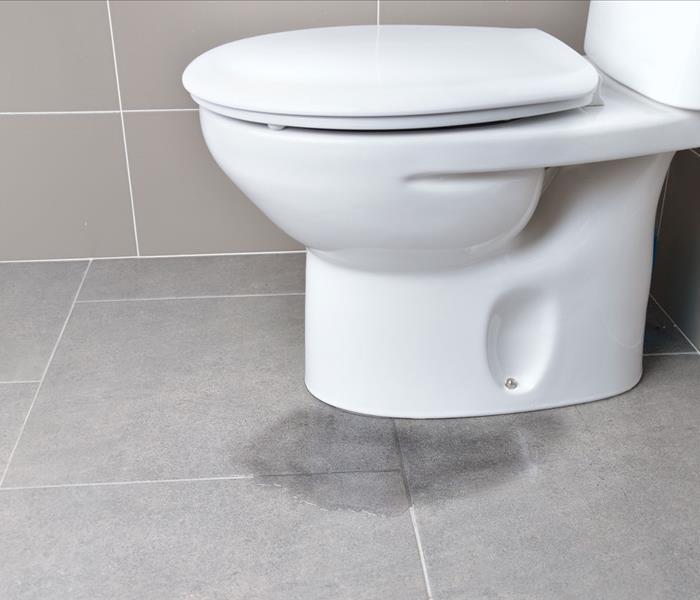Three Steps To Properly Clean Sewer Damage
1/6/2022 (Permalink)
What should you do when your toilet overflows.
The Following Are Three Steps To Properly Clean The Space Sewer Damage is cringe-worthy. Not only is the room a soggy mess, but it's possibly fraught with undesirable bacterial spores. Left alone this water could prove quite hazardous to the property; therefore, homeowners in Morgantown, should immediately begin cleanup procedures, working to eliminate the flood's source as well as disinfect the space.
1. Shut Off the Water Supply
- Reduce issues by containing the situation. Locate the valve on the bottom of the toilet, turning it clockwise into the off position. Reach into the tank to try to flush the water back down. Grab the float lever. It should lift the seal, permitting a flush. Continuous streaming may require the assistance of a professional sewage company.
2. Locate the Source
- Sewer damage occurs for numerous reasons. First, examine the commode and the drain. Items such as toys and hygiene products can clog the pipe, preventing proper flow. If this is the issue, try using a plunger to loosen the blockage. If more force is needed, then an auger, also known as a snake, could be run down the line. The long tube moves down the pipe, using force to dislodge the object. Another cause of the concern could be problems with the outside sewer lines. Outside of the house, you'll find a cap to the drain. Wearing protective gloves, carefully twist or pull it up. Water buildup is a sign of a potential issue with the pipe. Professionals can use cameras to examine for holes or cracks.
3. Wipe Down the Space
- If little water escaped from the flooded toilet, then residents may attempt sanitizing on their own. Dry up excess moisture. Use warm water and soap to wipe everything off. Then, use a disinfectant to kill the germs. Damp walls should be dried with a dehumidifier. Be proactive about sewer damage, acting swiftly to limit the spread. Fix the original concern, and promptly scrub fixtures and flooring.
Tracie "Dusty" Nichols
304-291-3434





 24/7 Emergency Service
24/7 Emergency Service
